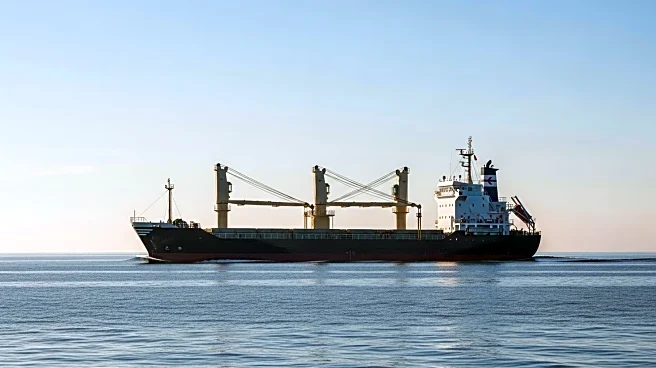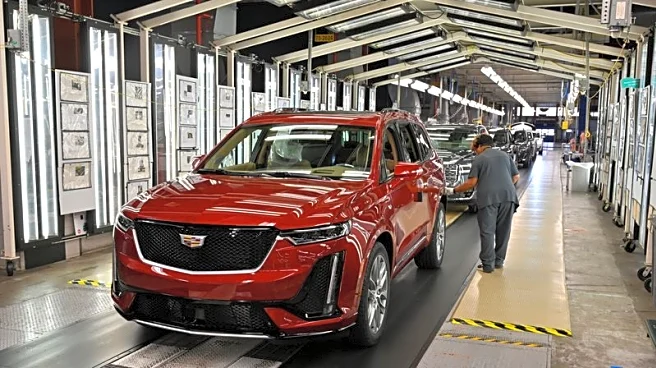What's Happening?
Preliminary data from FTR and ACT Research indicates a significant decline in Class 8 truck net orders for September, with a 41% annual drop to 20,500 units. This marks the ninth consecutive month of annual declines, highlighting ongoing challenges in the freight industry. The decline is attributed to trade tensions, tariff uncertainties, and broader economic headwinds affecting freight demand. Despite a 60% increase from August, the orders remain below the 10-year September average of 29,499 units. The on-highway segment, while showing sequential growth, is primarily responsible for the annual decline. The weak start to the 2026 order season underscores persistent industry pressures.
Why It's Important?
The decline in Class 8 truck orders reflects broader economic challenges impacting the U.S. freight industry. The ongoing trade tensions and potential tariffs, such as the proposed 25% Section 232 tariff on imported heavy-duty trucks announced by President Trump, add to the uncertainty. These factors contribute to higher costs for fleets and OEMs, potentially leading to increased truck prices and supply chain disruptions. The situation may result in fleets delaying or canceling orders, increasing demand for used trucks and extending vehicle lifecycles. The industry faces a challenging environment with strained carrier profitability and subdued fleet confidence.
What's Next?
The industry awaits further details on the proposed tariffs and their implementation, which could significantly impact truck prices and supply chains. Additionally, the Supreme Court's upcoming decision on IEEPA tariffs and the EPA's announcement on low-NOx regulations will be critical for the industry's future. These developments, coupled with ongoing economic pressures, suggest continued volatility in order activity and potential reshoring efforts, although U.S. factories face challenges such as labor constraints and high costs.
Beyond the Headlines
The potential tariffs and economic pressures could accelerate reshoring efforts, but U.S. manufacturing faces significant hurdles, including labor shortages and infrastructure limitations. The situation highlights the complex interplay between trade policies, economic conditions, and industry dynamics, with long-term implications for the U.S. manufacturing and freight sectors.











